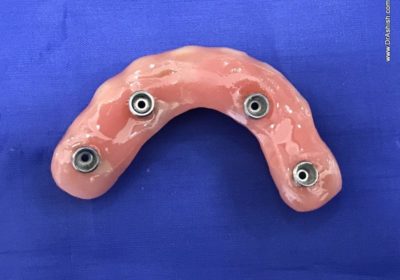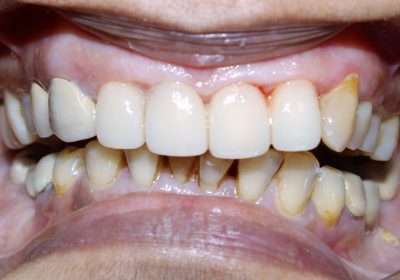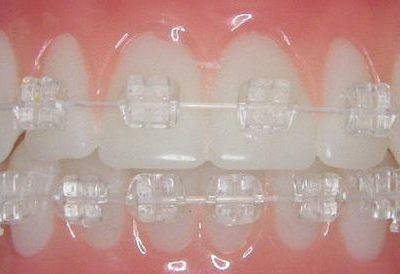All On 4 Implants-Removable Denture To Fixed Teeth In A Day
All On 4 Implants treatment was used to replace patients existing Removable Partial Denture with Fixed Teeth. The entire treatment was completed in 24 hrs! Yes his entire upper teeth were replaced with Teeth In A Day. Read More




